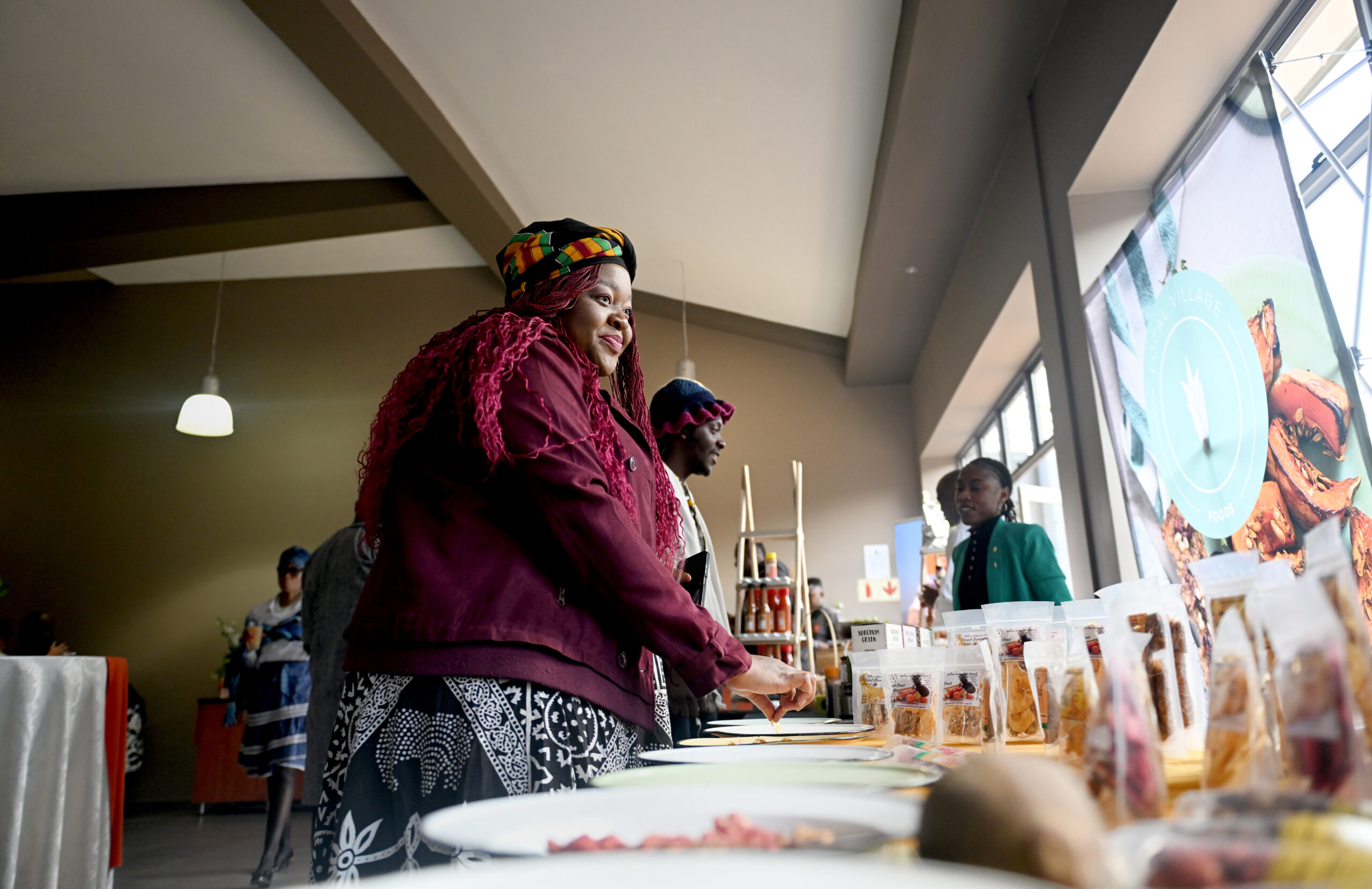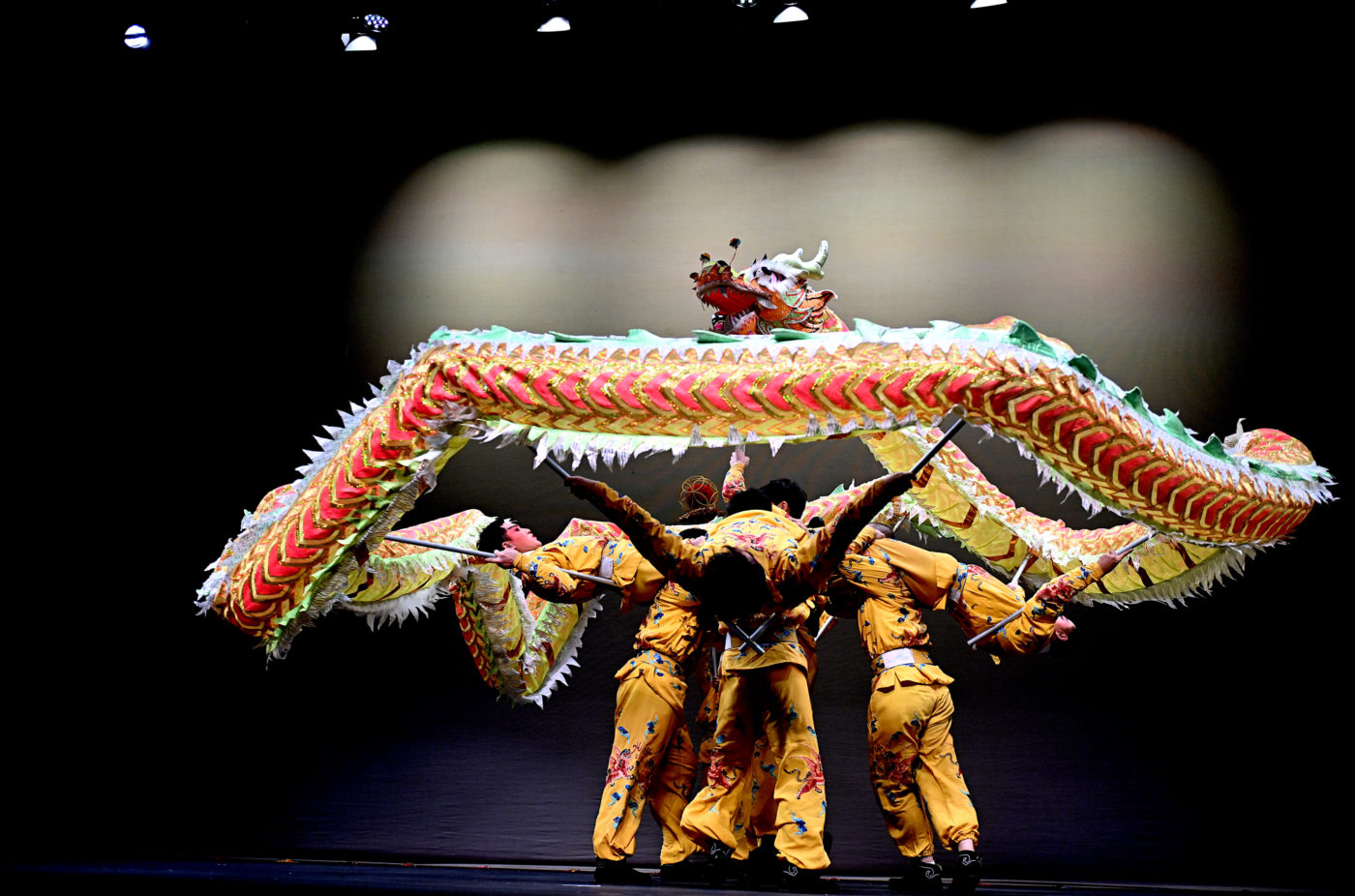First published in the City Press
Professor Tshilidzi Marwala
Few weeks ago, I was invited to speak on the fourth industrial revolution (4IR) at the London Business School. In particular, I was requested to talk about how artificial intelligence (AI) will change our lives in the 21st century. The industries of 4IR, which are powered by AI, such as social media, have changed our lives significantly. Many of us are addicted to these technological gadgets. It is often said that one of the most effective tools of torture is to separate people from their Facebook, Twitter and Instagram accounts, even if it’s just for a week. The technologies of the 4IR offer great entertainment but what are the underlying business opportunities that they offer?
Google, for instance, has developed quite a sophisticated tool called Google Translate. It can translate words from one language to another. Not all languages are, however, covered by this technology. One language that is not covered is my own mother tongue, Tshivenda. I have often wondered whether I should build and sell a system that will translate from any language to Tshivenda. Google Translate is a forerunner of devices that will be implanted in our ears and will take any words coming to our ears in any language and translate them into our native tongues. This will be the post-language-era where there will not be any need to learn any language for utility purpose.
Google Translate is not perfect and does not obey Hillel the Elder’s principle of reciprocity which states that “Do unto others as you would have them do unto you”. For example, if one wants to translate from English to isiZulu, it is more accurate to translate words from English to isiZulu than to translate words from isiZulu to English. This is because the designers of this component of Google Translate know more English than isiZulu and this situation is not according to the principle of reciprocity, where the designers of this system equally know isiZulu and English. We should, of course, fix this and our entrepreneurs should build and sell localised systems.
Another limitation of Google Translate is its inability to translate complex expressions. For example, in isiZulu when one sends condolences, an expression “akwehlanga lungehlanga” is used but Google Translate thinks this expression means “race does not break”. Another example is the isiZulu expression “ukwanda ngomlomo njengembenge”, which Google Translate thinks it means “oral increase as a banner” instead of “talking too much without any action” or “ukushaya ngemfe iphindiwe”, which Google Translate thinks it means “smoking is repeated again”, instead of “dealing with a person severely”. For Google Translate to be able to function well, in this context, it requires an isiZulu mother tongue speaker to be involved. Better yet, our people should create a technology translator that translates from isiZulu to English and vice versa.
In addition to technological gadgets, electronic maps have also become popular over the last few years. These maps are able to direct a person from one location to another, and they are voice activated. These electronic maps are changing taxi drivers so much that drivers are losing their spatial intelligence because of their dependence on these maps. Google Maps is a popular electronic device that exploits google search to allow people to move from one location to another without the need of knowing the street names. These electronic maps are unable to pronounce our street names well. This is because an American person instead of a mother tongue speaker records the voice in these maps. To change this situation, either the companies that make these maps truly localise by employing first language speakers or as South Africans, we create our own device that is able to pronounce our local street names.
Another area that needs localisation is face recognition software. Face recognition software is used in applications such as iPhone, where the phone recognises the face of its user and allows him or her to gain access. This software is inadvertently discriminating against people of Sub-Saharan African descent. This is because the data sets that is used to train these devices are gathered in North America, Europe and Asia and not in Africa. Because of this reason, the machine-learning algorithm that powers these devices is biased against people of African descent. To correct this bias, the companies that make these devices should expand their data sets to include African faces or South Africans should create companies that collect data of African faces and train machine-learning algorithms that are able to recognise African faces.
Another area of concern is medical care. Many of our hospitals, especially in rural areas do not have enough medical personnel. One of the cheapest ways of dealing with this issue is to use AI technology. At the University of Johannesburg, we have used AI technology to design software that can diagnose epilepsy, pulmonary embolism and tuberculosis. These AI systems ideally should be trained using local data because particular geographical locations have certain disease profiles. So, South African companies should create data banks that collect local health data sets that can be used to train AI systems that can work alongside limited medical personnel especially in our rural areas.
As South Africa seeks to implement land reforms, the issues of efficient farming and food security become paramount. The only way agricultural productivity is going to increase is with the use of technology, and the 4IR is going to play a pivotal part in this. Drones capacitated with high-resolution cameras collect land information and AI is used to classify the agricultural usages of the land. In fact, technology is now so advanced that this system is able to indicate which crop is planted in which area, at what period in order maximise yield. The University of Johannesburg is creating such a technology, and the business opportunities that will result out of this project will have significant impact on our agricultural production.
Now how do we prepare South Africa to exploit these business opportunities? Firstly, we need to be prepared for this revolution in terms of regulations, policies and investment strategy. This means that we should have enough people as well as physical and digital infrastructure to help us transition into the 4IR. On the infrastructure side, the 4IR requires access to AI software. Google has created a library of free software in AI called TensorFlow. What we need to do is to get our people to study AI at basic, tertiary and adult based education. Secondly, we need computational infrastructure that process and store data. We do not necessarily have to create this infrastructure but we can buy it. Companies such as Amazon and Microsoft are now selling local cloud infrastructure, which has the capability for storage and cloud computing. The Council for Scientific and Industrial Research’s Centre for High Performance Computing can play a role in the creation of such infrastructure. Thirdly, we ought to start collecting data in all areas of national importance. The character of the 4IR is that data is the new oil and, therefore, we need to invest into data collection technologies. South Africa should create a law that makes data an intellectual property asset. Fourthly, we should train people to have systems perspectives so that they can build relevant AI systems, collectively understand problems in our society and use these to build solutions that advance South Africa’s business interests. Going forward, instead of waiting for multi-national companies to include us into their business models, let us build our own businesses that will collaborate, through licensing and other mechanisms, with these companies.
Professor Marwala is the Vice-Chancellor and Principal of the University of Johannesburg and author of the book Handbook of Machine Learning. He writes in his personal capacity.




